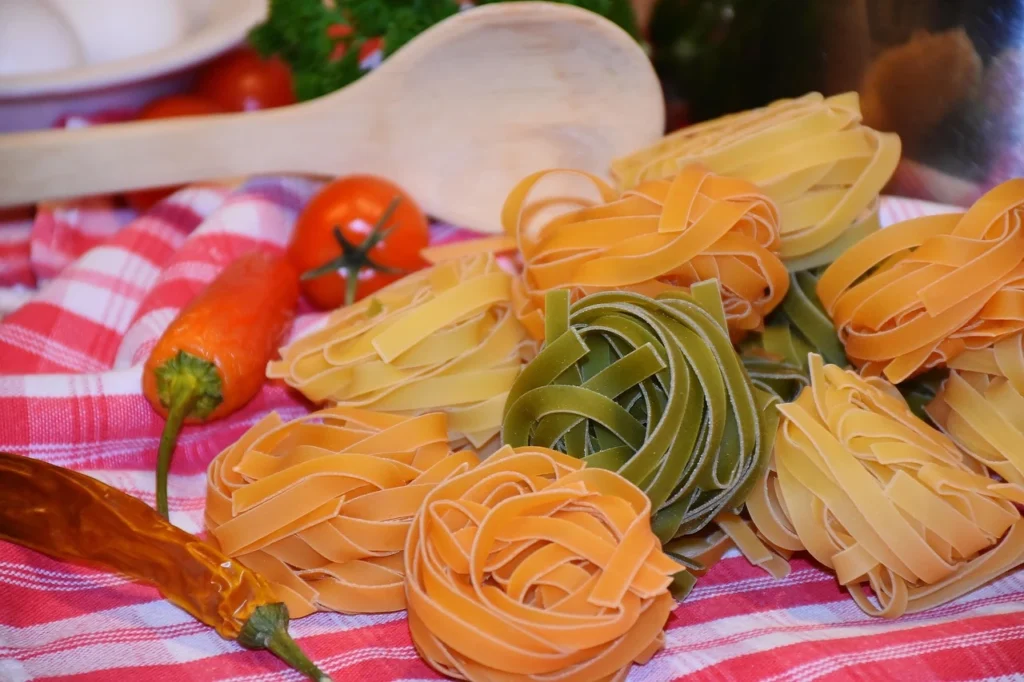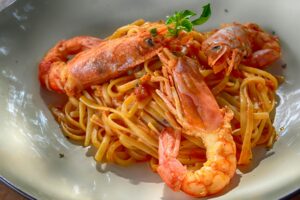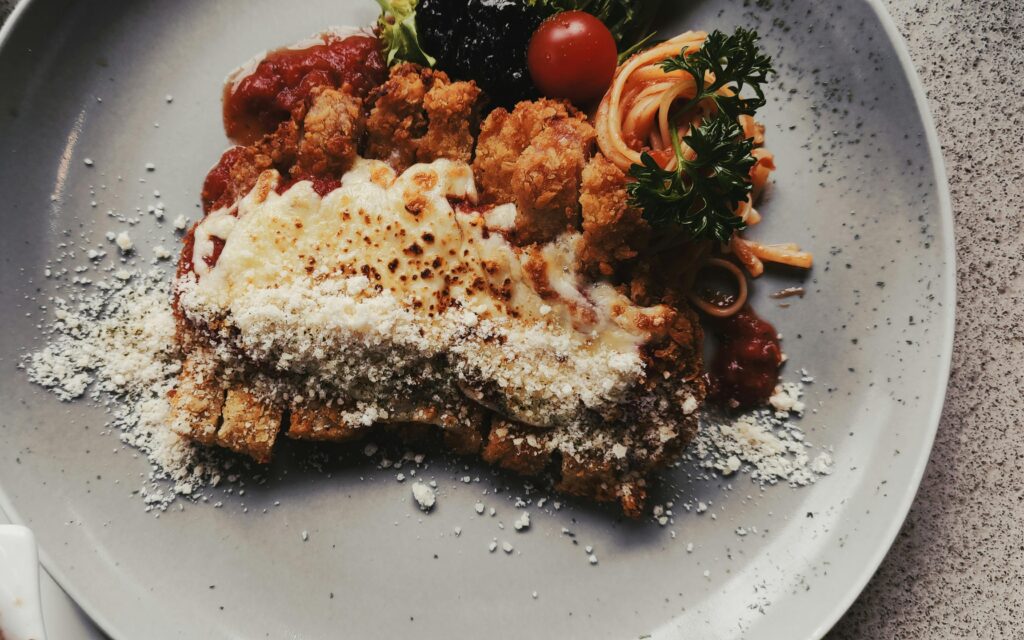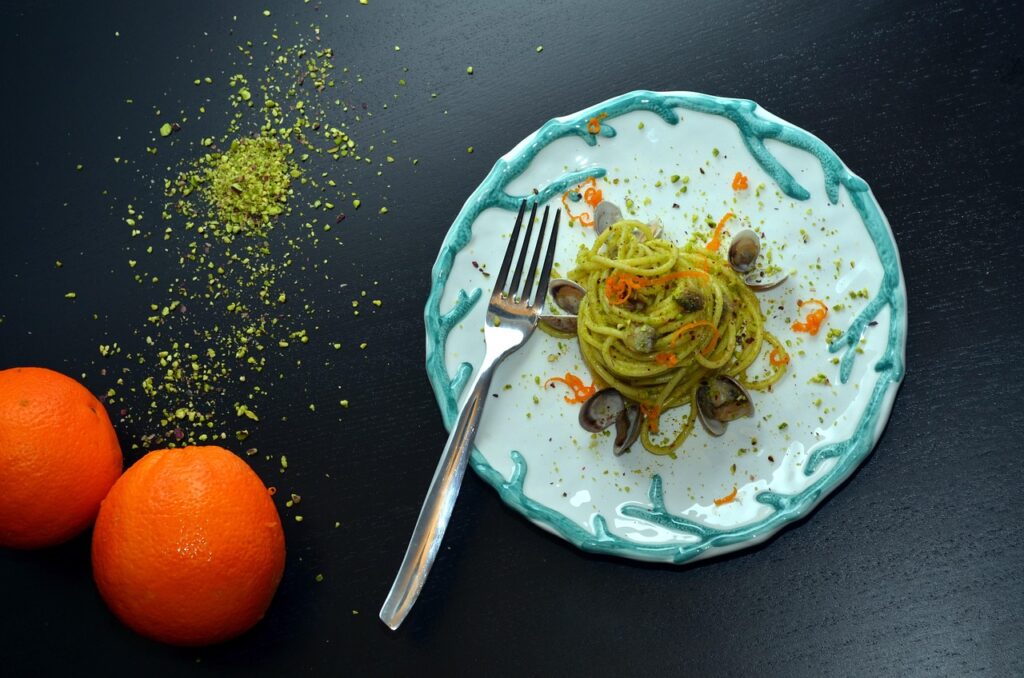Cappelletti Pasta: 7 Comforting Reasons This Italian Classic Belongs on Your Table
Cappelletti pasta is a gem of Italian cooking that deserves a special place in any pasta lover’s kitchen. With its distinctive hat-like shape and savory fillings, Cappelletti offers a comforting taste of tradition while remaining versatile enough for modern recipes. Whether served in broth during winter or paired with a delicate sauce, Cappelletti stands out for its warmth, history, and flavor.
This guide takes you through everything you need to know about Cappelletti pasta, including its origins, production process, cooking tips, recipes, and why it has remained beloved for centuries.
Table of Contents
What is Cappelletti Pasta?
It is a traditional stuffed pasta from central Italy, most commonly associated with Emilia-Romagna and Umbria. Its name translates to “little hats,” which perfectly describes its shape: a small folded circle of pasta that resembles a cap.
Unlike simple shapes such as spaghetti or penne, it is always filled. The stuffing can vary, but common fillings include cheese, meats, and herbs. Traditionally, it was prepared during holidays, especially Christmas, when families would gather to fold the pasta together before serving it in broth.
Everyone enjoys Cappelletti pasta year-round, both in classic soups and with delicate sauces that highlight its tender bite and flavorful fillings.
The Origins
Cappelletti pasta dates back several centuries. Its birthplace is often credited to Emilia-Romagna, though nearby regions like Marche and Umbria also claim ownership. Records from the Renaissance period describe noble families enjoying Cappelletti in brodo—tiny filled pastas floating in a rich meat broth.
The shape itself is inspired by clerical hats worn during medieval times, hence the name “little hats.” Over the years, it has become a symbol of celebration, often prepared during special feasts or gatherings when entire households would come together to prepare trays of the stuffed pasta.
Even today, many Italian families continue to preserve this tradition, making the creation of it a shared holiday activity that unites generations.
How it is Made
The process of making it requires patience, but it rewards you with a comforting, flavorful dish.
The Dough: A simple mixture of flour and eggs forms the base. The dough is rolled out into thin sheets.
The Filling: Common choices include ricotta, Parmigiano Reggiano, ground pork, or chicken, often seasoned with nutmeg.
Shaping: Small circles of dough are cut and filled with a teaspoon of mixture, folded into a triangle, and then the edges are closed together to form the hat-like shape.
Cooking: It is typically boiled and then served in broth or with light sauces.
Though it takes more time than shaping regular pasta, the process is part of what makes it so treasured.
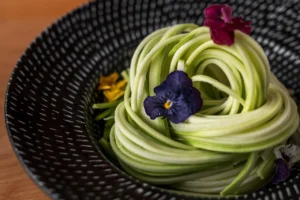
Cappelletti vs. Tortellini: What’s the Difference?
It is often confused with tortellini, but they are distinct from each other.
Cappelletti: Larger in size, shaped like a little hat, traditionally filled with cheese or meat, and common in broth.
Tortellini: Smaller, ring-shaped, usually filled with pork and Parmigiano, often served with cream or broth.
While similar in concept, it retains a unique identity rooted in family traditions and festive meals.
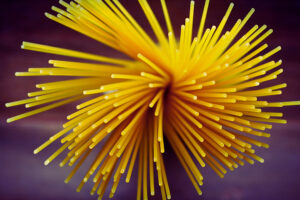
Best Ways to Cook
Because of its filling and shape, it works best with specific preparations:
In Broth (Cappelletti in Brodo): The classic version. Tiny pasta hats floating in rich chicken or capon broth.
With Butter and Sage: A simple sauce that enhances rather than overwhelms.
Light Tomato Sauce: A fresh tomato base pairs well withCappelletti cheese-filled dishes.
Creamy Sauces (Sparingly): While not traditional, some pair it with cream and mushrooms.
The key is to keep sauces light and balanced so that the pasta’s filling remains the star.
https://pastaloverz.com/linguine/
Cappelletti Pasta Broth Recipe
Here’s a simple recipe for the classic way Italians serve it
Visit https://www.youtube.com/watch?v=cHO9vCCGqBE
Ingredients
300g fresh Cappelletti (homemade or store-bought)
2 liters of chicken or capon broth
Grated Parmigiano Reggiano for serving
Salt and pepper to taste
- https://pastaloverz.com/ravioli-pasta-guide/
Instructions
Prepare the broth by simmering chicken or capon bones with carrots, celery, and onion for at least 2 hours. Strain.
Bring the broth to a gentle boil.
Add it and cook for 3–5 minutes, until tender.
Serve hot, ladled into bowls, with Parmigiano sprinkled on top.
This comforting dish captures the essence of Italian holiday meals.
https://www.parmigianoreggiano.com/
7 Comforting Reasons to Love Cappelletti Pasta
Rich Tradition: Centuries of history connect each bite to Italian heritage.
Family Ritual: Folding Cappelletti together is a beloved holiday tradition.
Comforting Flavors: Whether in broth or sauce, it delivers a warm sensation.
Versatility: Works with broths, light sauces, and even modern twists.
Elegant Appearance: The “little hat” shape lends it a visually appealing appearance.
Nutrient Balance: With protein-rich fillings, it’s more satisfying than plain pasta.
Celebratory Dish: Reserved for special occasions, it feels extraordinary whenever it’s served.

In Modern Cuisine
While the traditional broth preparation remains iconic, chefs and home cooks have reimagined it in new ways. Some fill it with seasonal vegetables, such as pumpkin or squash, pairing them with browned butter. Others use seafood fillings for a coastal twist.
Outside Italy, it is often featured in restaurants as an alternative to Ravioli or tortellini, appreciated for its rustic charm and refined taste.
https://www.eataly.com/us_en/magazine/eataly-recipes/pasta-sauce-pairings/
Nutritional Value
Nutritional content varies depending on the filling, but a standard serving (100g cooked) of cheese-filled contains:
Calories: ~250
Carbohydrates: 35g
Protein: 12g
Fat: 8g
When served in broth, it makes for a lighter meal. Rich meat fillings or cream sauces raise the calorie count but also make it more satisfying.
FAQ
Is it the same as tortellini?
No, Cappelletti is larger and has a different shape. Tortellini resembles a small ring, resembling a little hat.
What filling is used in its traditional form
Classic fillings include ricotta, Parmigiano, and ground meat, though recipes vary by region.
Can you freeze it?
Yes. Please place them in a single layer on a tray, then freeze. Transfer them to bags. They can be boiled straight from frozen.
What’s the best sauce for it?
A clear broth, butter, sage, or light tomato sauce all work well.
Is it healthy?
It’s more filling than plain pasta because of the protein in its stuffing. Moderation is key when using cream-based sauces.
Conclusion and Call to Action
It carries with it centuries of history, regional pride, and family tradition. Its hat-like shape and flavorful fillings make it both comforting and elegant. Whether served in a steaming bowl of broth or paired with fresh seasonal ingredients, it brings warmth to the table every time.
Watch https://www.youtube.com/watch?v=Y64lRuPIG1E
If you’ve never tried making Cappelletti pasta at home, start with the simple broth recipe and experience a piece of Italian tradition. Then, explore more pasta recipes on Pastaloverz.com to expand your pasta journey.
Also watch https://www.youtube.com/watch?v=MqO1VNPXq6A
